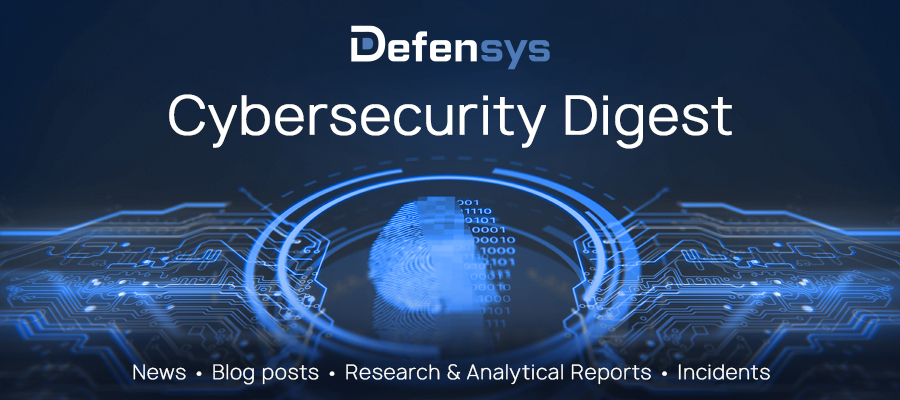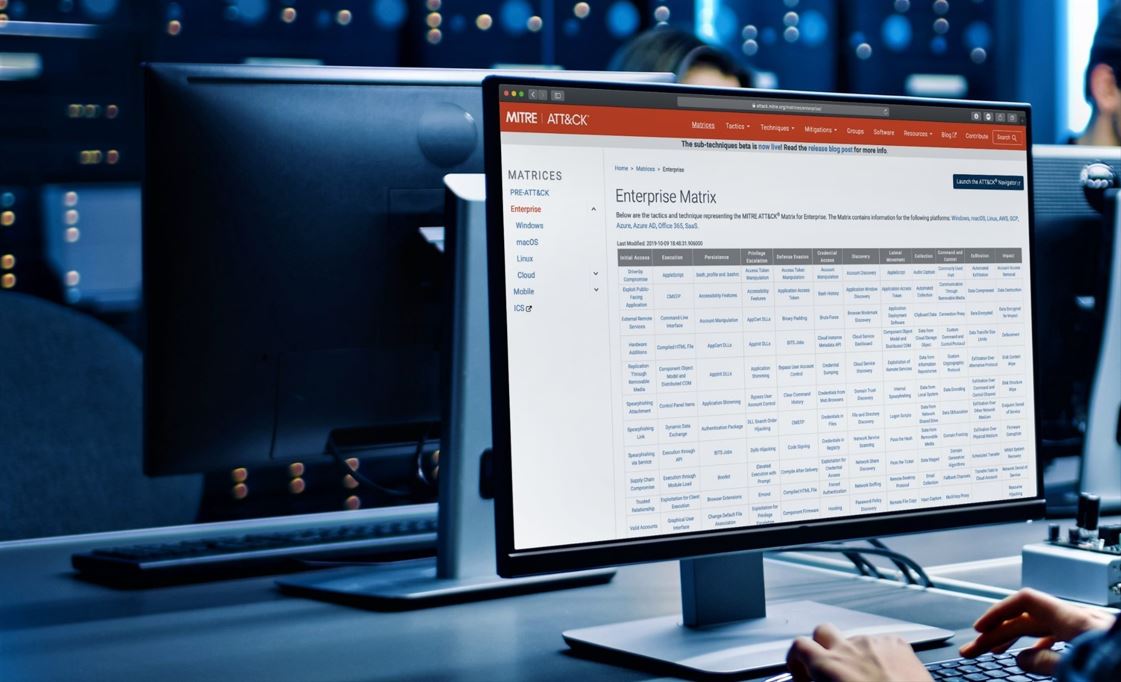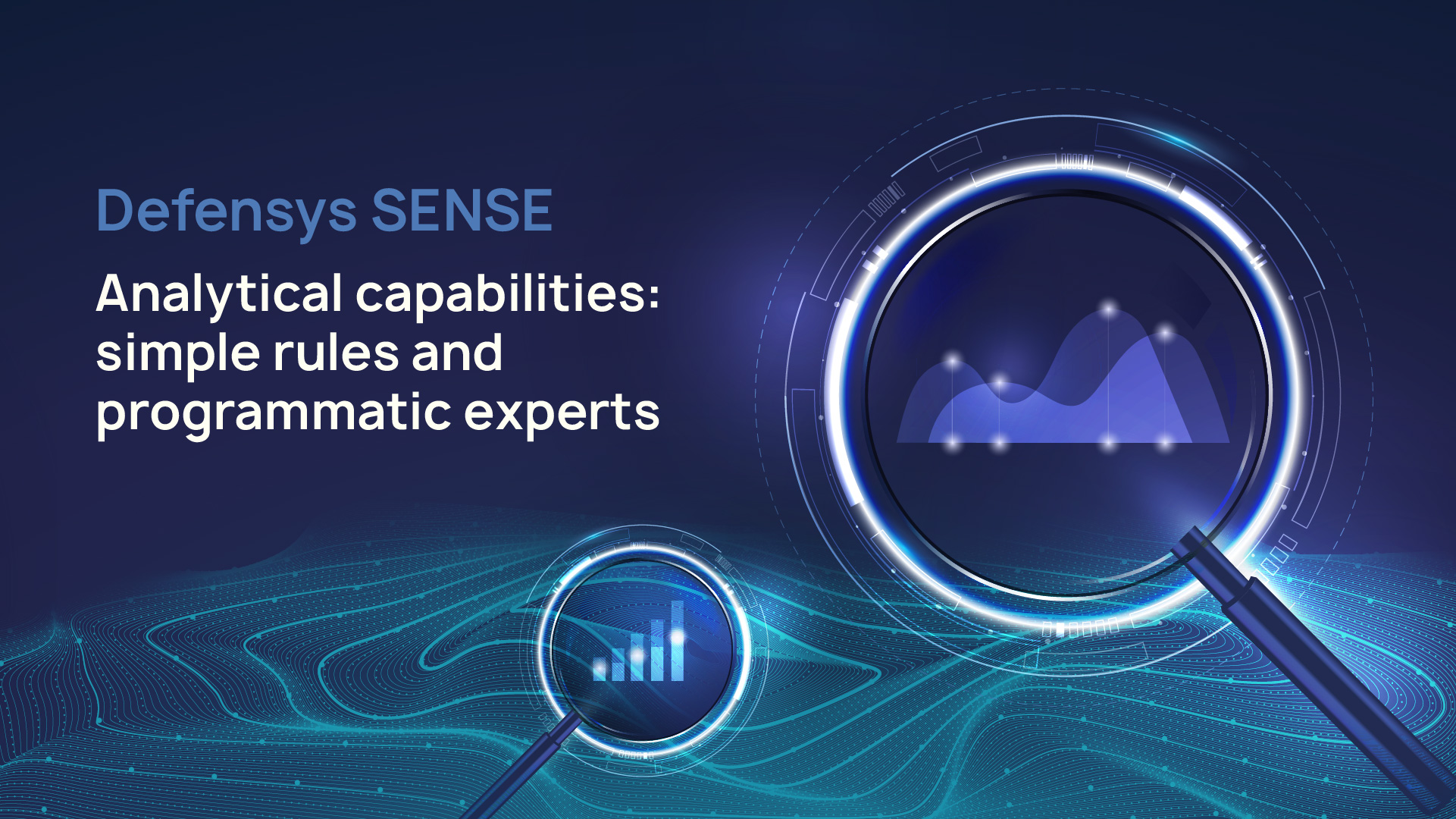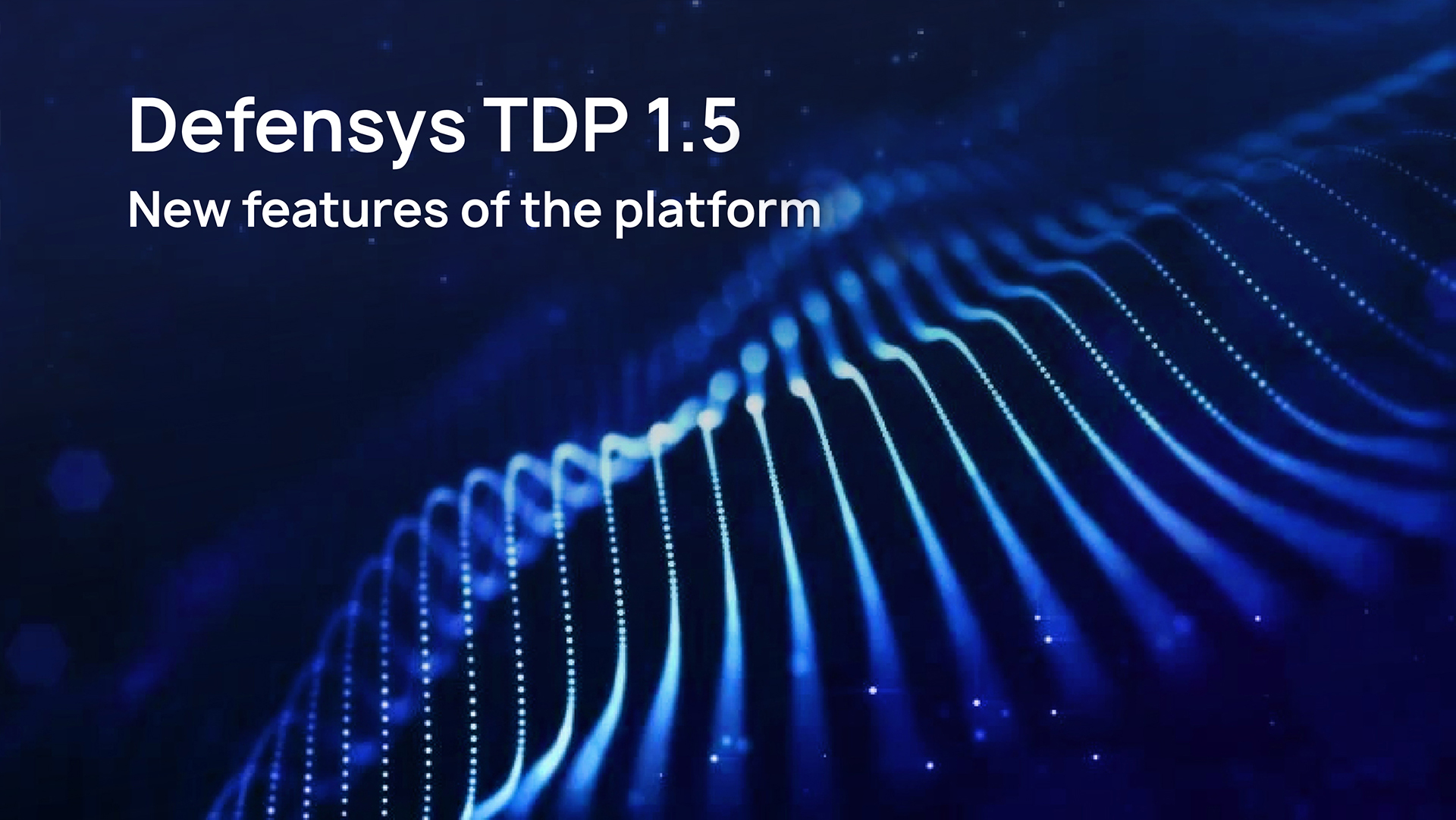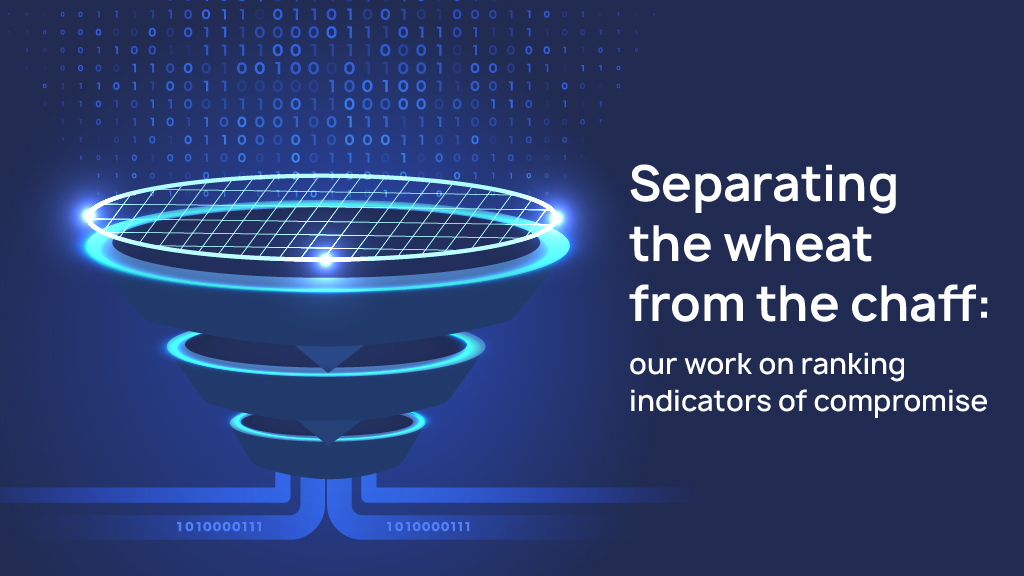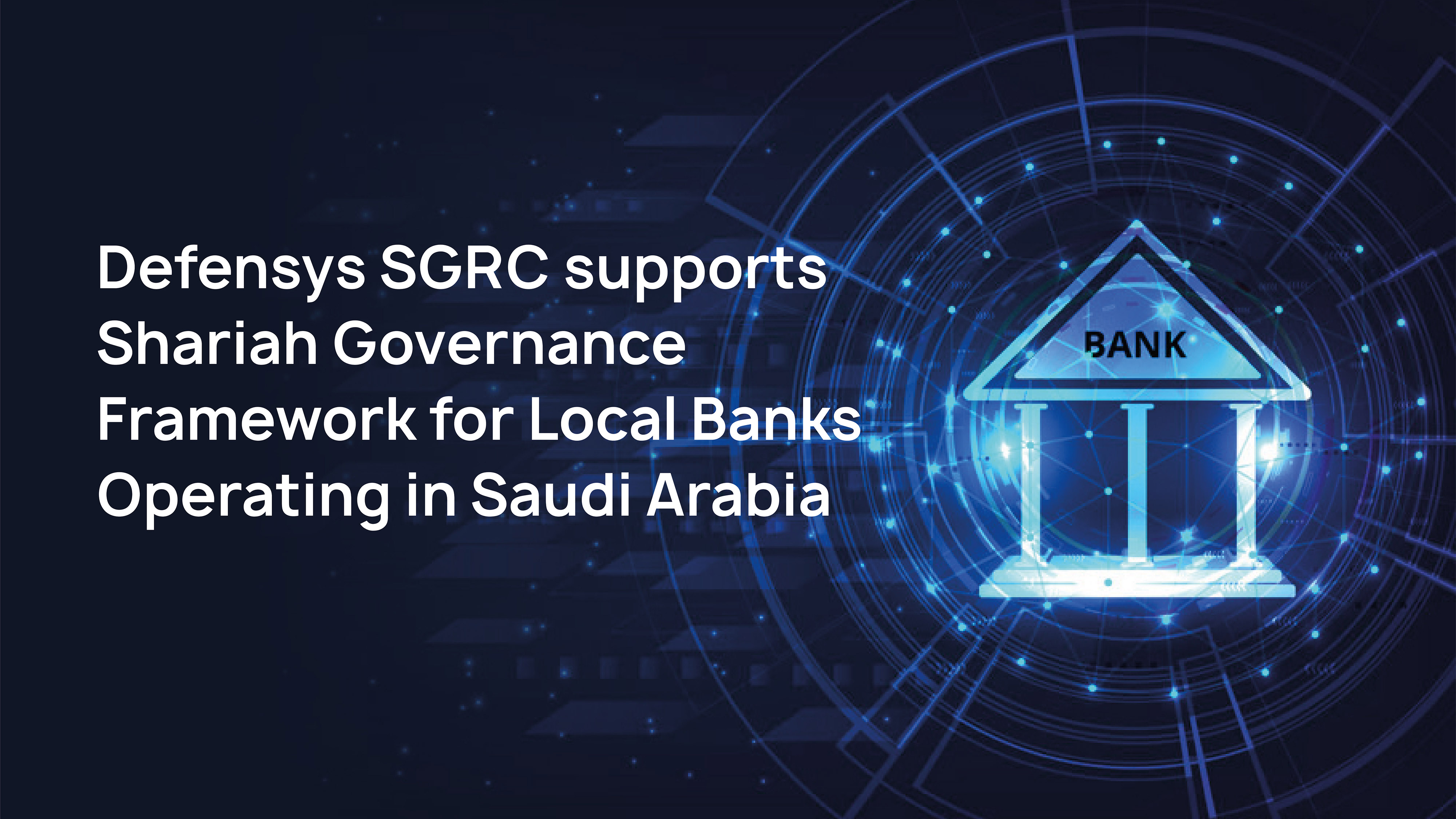Our colleagues from the Center of expertise at Defensys use MITRE quite often during our PoC and implementation projects. And we would like to share our thoughts about these very MITRE matrices and their application in this article.
Recently, we hear more and more often that developers actively use MITRE methodology when developing various cyber security products. In MITRE terms, these databases are called matrices, and the number of projects where they are used is constantly growing.
At the same time, we have been wondering for quite a long time now: what does MITRE support give to vendors and end users in the end? Why do we need it all, if we already have, say, some kind of “smart” SIEM or a specialist who constantly works with it?
Our article is designed to get to the bottom of these questions. And to begin with, we suggest to remember what MITREs are.
MITRE is an American non-profit organization that manages systems engineering research and development centers at the U.S. federal government and local government levels.
And then there’s MITRE, a manufacturer of sports equipment.
What is MITRE famous for?
MITRE ATT&CK
